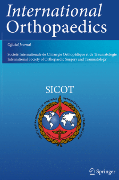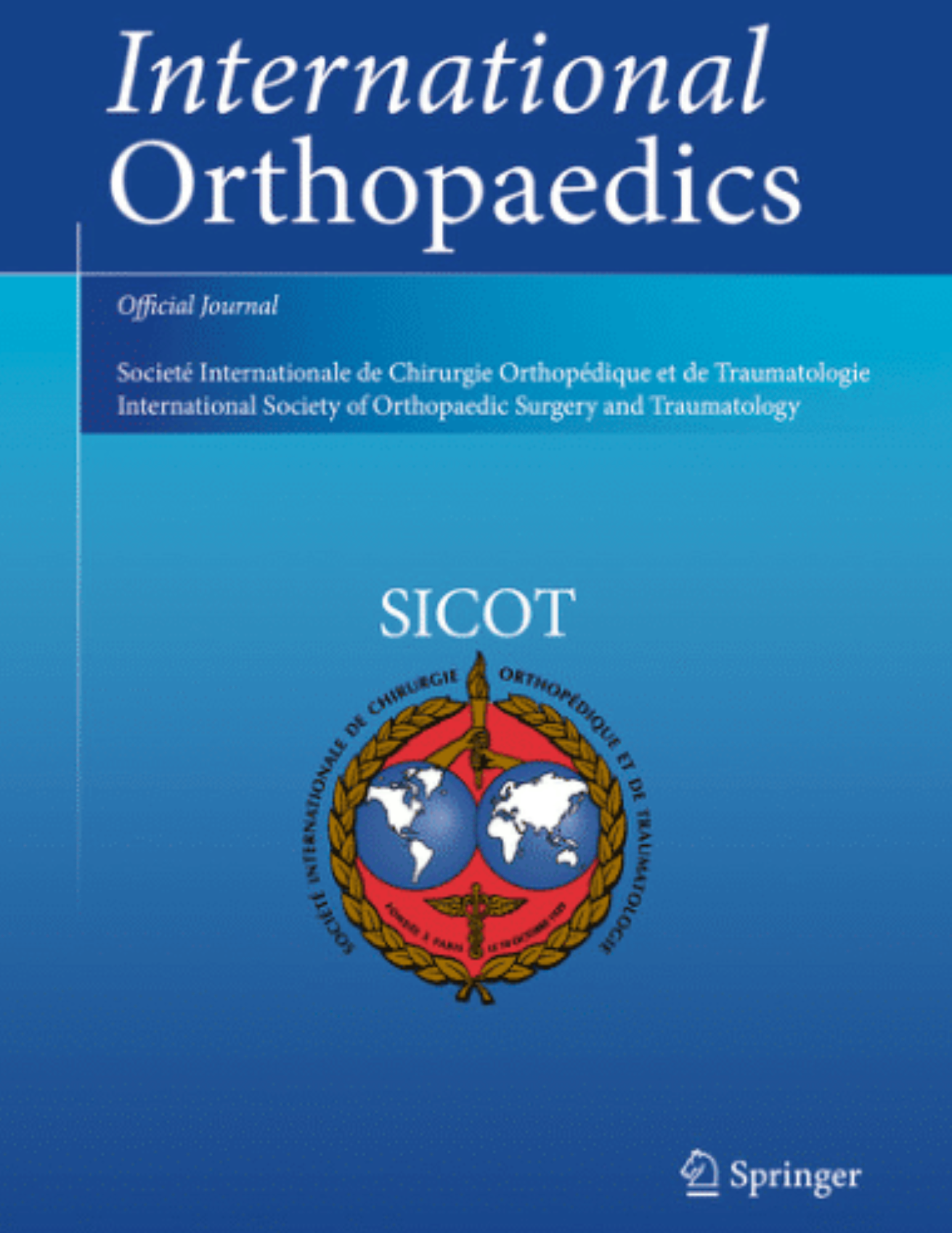
Similar outcome observed between MIS and open surgery for Achilles tendon rupture .
This report has been verified
by one or more authors of the
original publication.
Efficacy and complications of open and minimally invasive surgery in acute Achilles tendon rupture: a prospective randomised clinical study--preliminary report
Int Orthop. 2013 Apr;37(4):625-9. doi: 10.1007/s00264-012-1737-9. Epub 2012 Dec 19Fifty-one patients with acute Achilles tendon rupture were randomized to determine the comparative efficacy between minimally invasive surgery and traditional open surgery as treatment options. Follow-up was conducted for 24 months postoperatively. Results at final follow-up revealed that no patients in either group experienced a tendon re-rupture, while a similar number of infections was observed between groups. Measurements of clinical outcome were non-significantly different between groups.
Unlock the Full ACE Report
You have access to 4 more FREE articles this month.
Click below to unlock and view this ACE Reports
Unlock Now
Critical appraisals of the latest, high-impact randomized controlled trials and systematic reviews in orthopaedics
Access to OrthoEvidence podcast content, including collaborations with the Journal of Bone and Joint Surgery, interviews with internationally recognized surgeons, and roundtable discussions on orthopaedic news and topics
Subscription to The Pulse, a twice-weekly evidence-based newsletter designed to help you make better clinical decisions
Exclusive access to original content articles, including in-house systematic reviews, and articles on health research methods and hot orthopaedic topics

































































